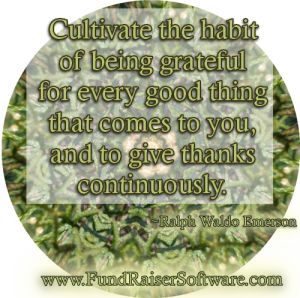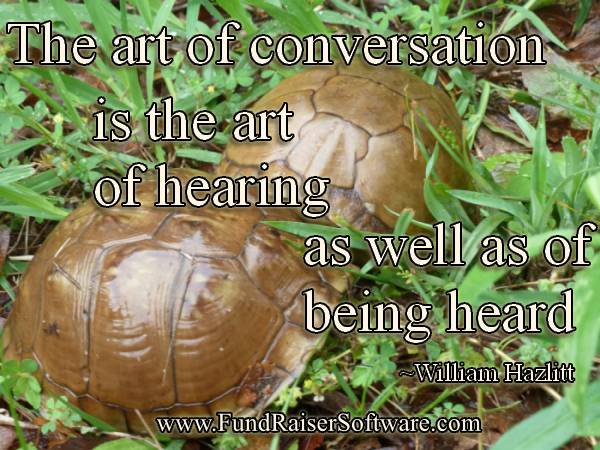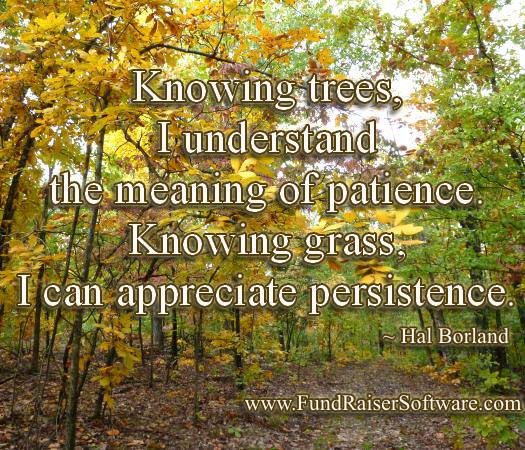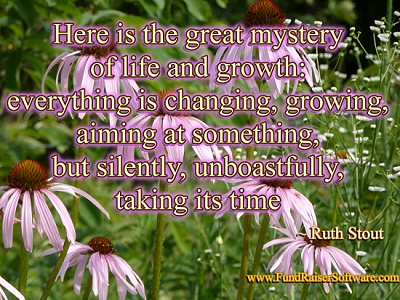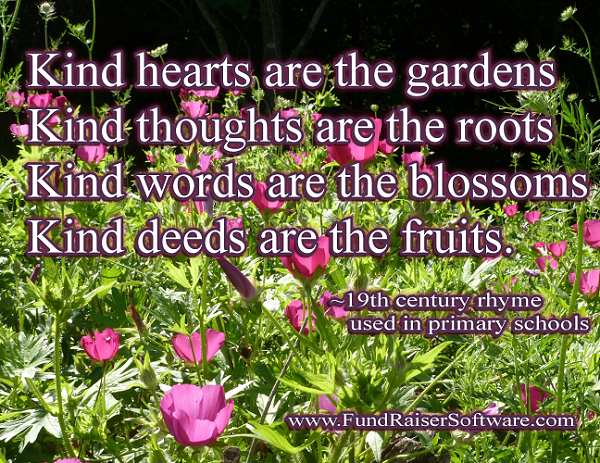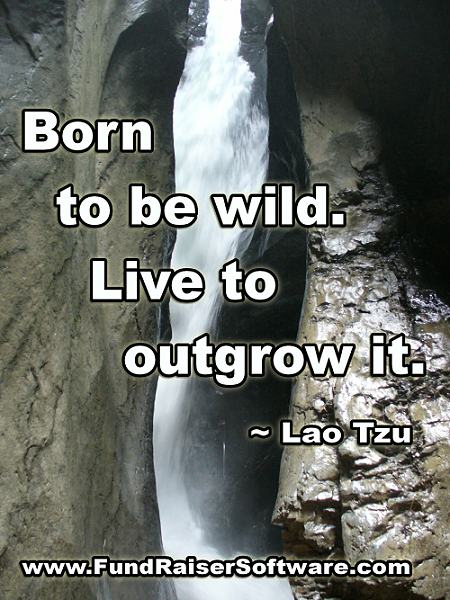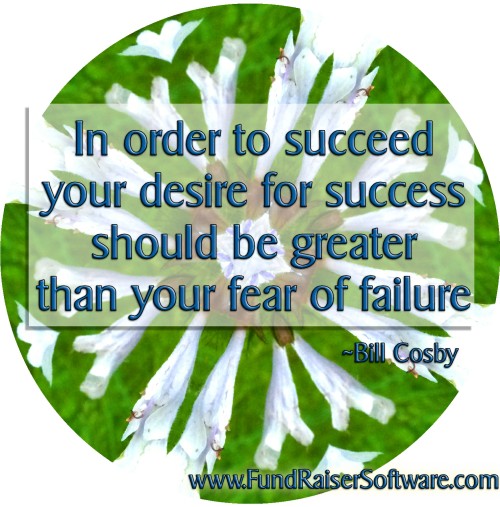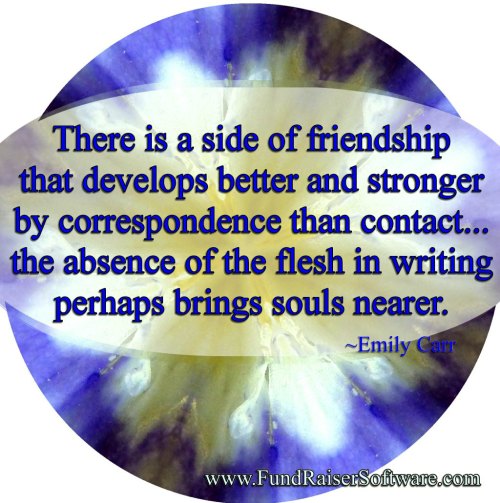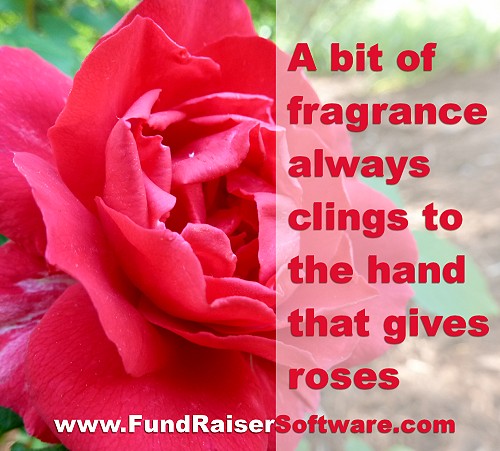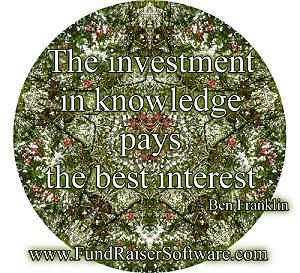
Knowing the balance between incoming donations and outgoing expenses is vitally important at Our Lady of the Holy Spirit Center. The organization runs a large and historically rich facility on a tight budget. The facility serves as a spiritual center for the Catholic Church. Among the Center’s many activities this year, they have been hosting events and retreats for high schools students.Julie Nerl is currently a one-person development staff for the Center. “It’s a large place with few employees,” she says. “Like most nonprofits we all multi-task.” Our Lady of the Holy Spirit Center is a FundRaiser Professional user. Julie is the main user of FundRaiser. “I use the FundRaiser Software system daily,” she says.One of important things she uses the software for is to get a clear picture of event return on investment (ROI). This is one of the main challenges for any nonprofit, and especially crucial if funds are tight. For Julie, the Campaign Management section in FundRaiser has been particularly helpful in this regard.
ROI on newsletter donation envelopesThis year she focused on clarifying the cost versus income on the newsletter. “We insert a reply envelope in every newsletter, it’s not a formal ask but a reminder. I mark the envelope, so when it comes back, I’ll be able to track exactly where the donations come from and if we are receiving enough to cover the cost of the newsletter,” says Julie.“We send an issue every other month. In the Campaign Management section, I track each issue as a sub-event under the annual fundraising campaign. I enter the expenses of the newsletter and track the donations. That has let me report on the actual costs versus income. I can track and see what month we raise the most or least. We are using the information to determine if we should cut down on our newsletter mailings or replace one with another kind of mailing.”“It’s important to know where your donations are coming from and which fundraising events work and which do not,” explains Julie “That’s why I like Fundraiser Software, it’s easy to see the results.”






